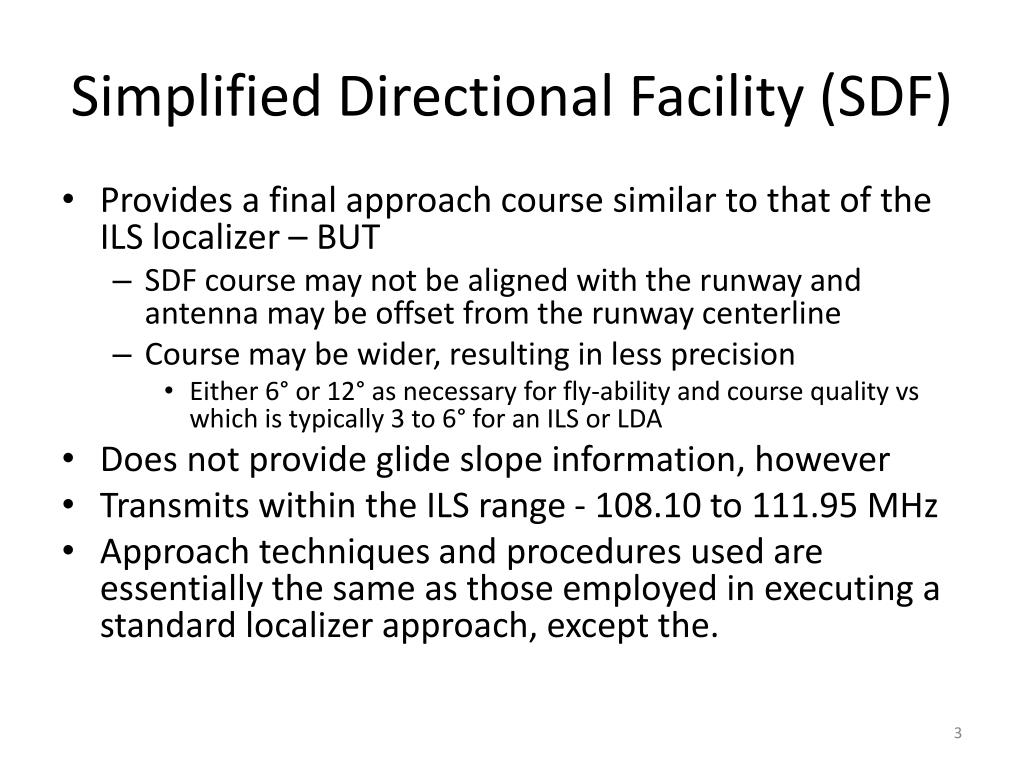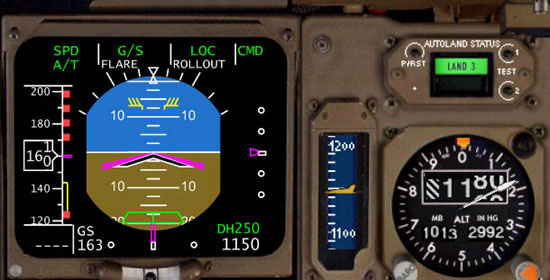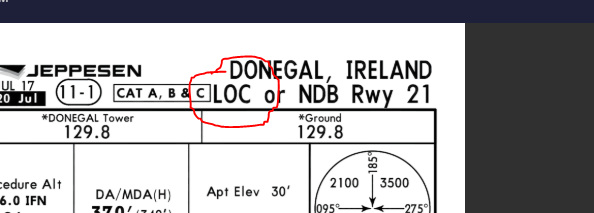

In this fashion, the VOR indicator’s course pointer and CDI would rotate with the heading.

The answer was the horizontal situation indicator (HSI) that put a VOR/LOC indicator inside the heading indicator compass card. But relative angles of the current position remained difficult to envision, particularly with the windshield-wiper movement of the less expensive indicators versus the more intuitive rectilinear movement. This gave the pilot a separate indication of radial and the relationship to a desired course on the VOR indicator. The RMI needle points to the VOR just like an ADF pointer. Some pilots added a radio magnetic indicator, RMI. The problem with the basic VOR display is that the pilot needs a graphic mind to maintain situational awareness and it was easy to get confused sorting out course from radial from heading and position, while deciphering what the To/From flag was telling you. Add a little clever manipulation in the indicator, and you can select a specific course you want to fly to or from the station and the indicator’s course deviation indicator needle (CDI) will tell you which way to turn to get back to the selected course. To better understand the HSI, we’ll have a quick VOR review, then see how the HSI brings it all together.Ī VOR signal provides the exact angular relation of the receiver to the station.
#ILS VS LOCALIZER PORTABLE#
I get a lot of HSI questions-although rarely that convoluted-now that so many panel mount and portable devices contain an electronic HSI.

Your HSI course points back to the runway and you’ve got a right needle deflection. You’re outbound on the localizer back course. More info here on the types of RNAV approaches.Let’s start with an old hangar-flying puzzle. This is a clue that you can hit the APPR button and the plane will follow the vertical path. If the approach provides vertical guidance and the plane can follow it you should see an indication of your vertical deviation on your main display (the same as you would with an ILS). You need to be crossing the FAF at the altitude indicated on the chart. If the approach doesn't provide vertical guidance then it works just like a VOR approach where you need to manage your own altitude using the chart to know how high you need to be at any given point.įor RNAV approaches that do provide vertical guidance, you would hit the APPR button just before passing over the FAF (final approach fix) at which point the plane should start descending on the virtual glideslope when it reaches it. The procedure is different depending on the plane but I believe for most light a/c using the Garmin GPS, you would just leave the plane in "NAV" mode to follow the track. As far as the track goes (the path the plane follows) all planes with a GPS should be able to follow this. The aircraft will turn LEFT to 300, fly for a bit, and then start a right turn to intercept.įor the RNAV approaches, there are different types which determine whether you get vertical guidance or not. Selecting 320 in heading mode and 3k in alt mode. MSFS 2020: Being vectored for the ILS 35 approach you're given heading 320 and cleared for the approach (maintain 3k till established). Then it will maintain 3k until capturing the glidslope. The aircraft will fly 320 until it starts a right handed turn to intercept the localizer. Real world: Being vectored for the ILS 35 approach you're given heading 320 and cleared for the approach (maintain 3k till established). My understanding is this is not how the real-world aircraft behaves. In the game hitting approach mode turns you in towards the localizer sharper before intercepting to 40-50 degrees. When being vectored for the ILS, generally speaking, ATC will not give you more than a 30 degree angle to intercept the localizer.ĪTC expects you to maintain that angle until established. For me it works fine to capture the ILS but I believe there is a bug that doesn't occur in the real world.


 0 kommentar(er)
0 kommentar(er)
